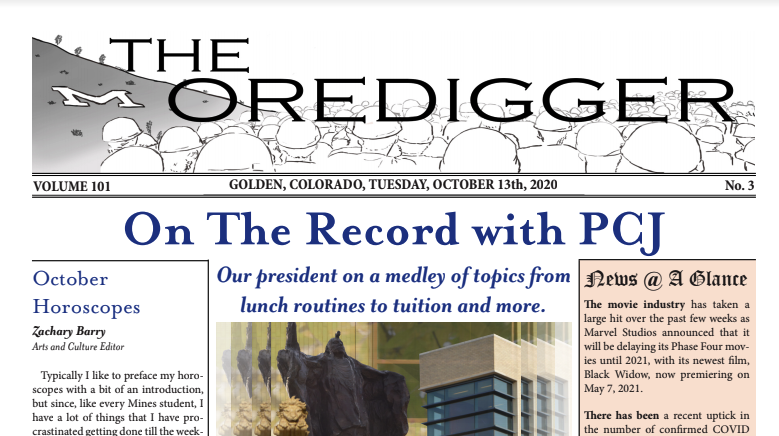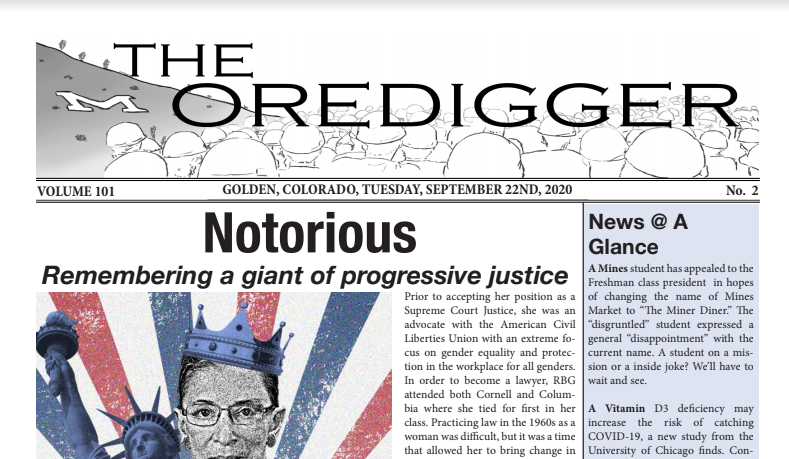By far the greatest misconception about space spread by movies doesn’t involve sounds or laser beams, it lies in the actual act of traveling through space. Improbable ideas such as light speed and warp travel aside, zooming around in space is unlike any sort of travel that occurs under the confines of gravity. Here on the surface of Earth, most movement is done by brute effort, there is very little grace to moving around, even in the beautiful act of flying. In space, motion involves understanding a few physics equations and exploiting them to get from point A to point B without using much fuel.
In movies such as Star Wars and Star Trek, space travel is a mix of old fashioned naval travel and atmospheric flying, vessels swoop around and do easy turns without any sort of problems involving momentum. In the confines of an atmosphere, momentum is fought off as the surface of a craft drags against rogue atoms of nitrogen and oxygen. In space these atoms are much farther apart. This means that a lot of energy has to be expended to reverse motion in any way.
One movie that can be used as a much more correct example is that of the recent release: Gravity. There are definite flaws in the orbital dynamics, but the idea of short bursts of fuel to control long term trends is what is followed by modern space programs as it is both efficient and sound by the rules of physics. Where this idea comes deeply into play is in some of the current plans to defend the planet from incoming asteroid threats. Blowing up an asteroid moments before it destroys the planet is costly, and it is unlikely that even the most dedicated scrappy, but good intentioned team of drillers could make the deadline. If an asteroid is spotted well before it ends life on the Earth, it is much easier send out a small craft to slightly alter an orbit. A small course change years before doomsday will trickle down over time, and instead of a big collision, the asteroid in question will just cruise on by.
To get an idea of how orbital dynamics work, a great example is the game Kerbal Space Program. Behind the slightly absurdist façade exists a fairly decent orbital simulator that highlights the pure frustration that real space programs face daily. Add in the realities of drag and relativity, and suddenly movies such as Star Wars begin to make a little less sense. Of course, there is significantly less show to reality.



'The Stars Above Mines: The Great Cosmic Dance' has no comments
Be the first to comment this post!